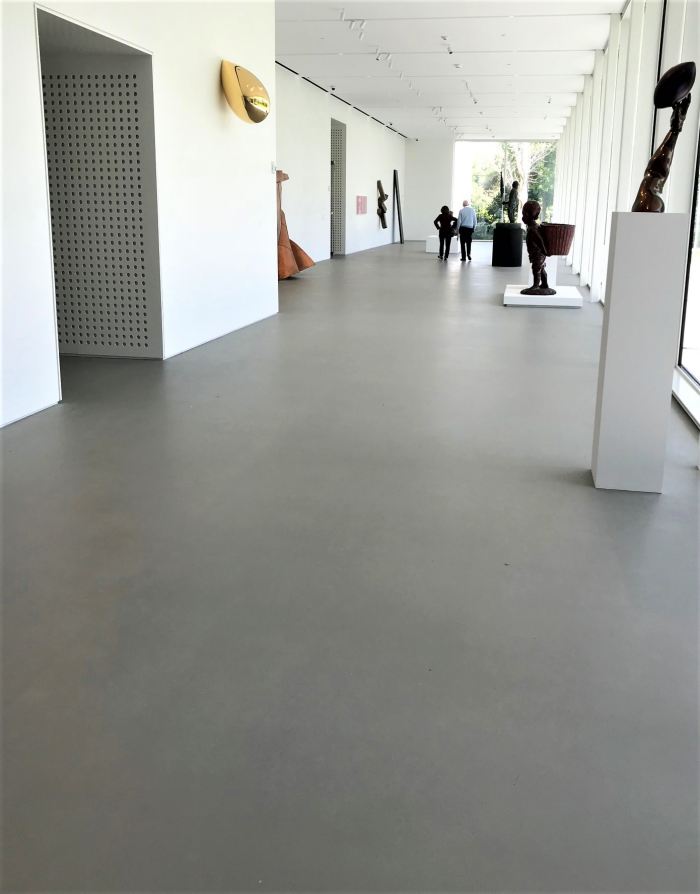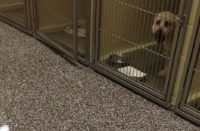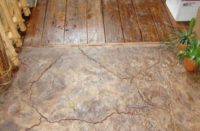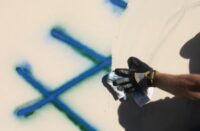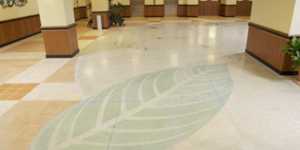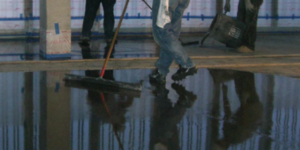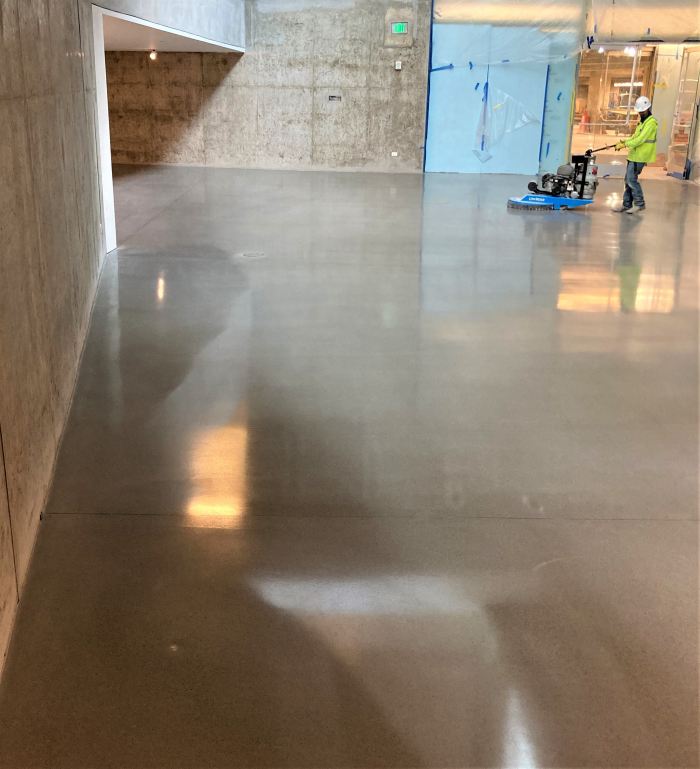
What makes CTS Rapid Set TRU such an industry leader when it comes to thin, polishable overlays? Speaking from an ingredient’s standpoint, it would be its low-shrinkage cement, says Matt Sambol, vice president of product development for CTS Cement Manufacturing Corp.
Belitic calcium sulfoaluminate cement, BCSA for short, shrinks very little, resists sulfates and reduces the risk of alkali-silica reaction. “Its low-shrinkage characteristic reduces the risk of cracking,” he says.
Plus, “The cement gives TRU a high surface hardness that allows it to polish better earlier,” Sambol says. “In 24 hours, you can come back, cut it and achieve remarkably high Distinctness of Image (DOI). Some people polish it as early as 16 hours (after installation).”
Besides being formulated for high early strength, TRU is also engineered to have high flow and a long flow life. To ensure this, Sambol says, “CTS uses polycarboxylate ether (PCE) superplasticizers, which are blended in at the plant. The customer only has to add water.”
When mixed with water, the PCEs attach to the cement, which allows it to repel other particles. “This is why (with TRU) you use less water and still get a better flow,” he says.
Overall, the TRU flooring system is extremely durable due to its high strength, low shrinkage and high surface hardness, Sambol says. Also, the production of its key ingredient, Rapid Set Cement, makes it more environmentally friendly than mixes made with portland cement.
“RS Cement is burned at a lower temperature and uses less limestone — both of which contribute to lower emissions,” he says. “We also use post-consumer recycled content to get the proper chemistry of the raw mix before heating in the kiln.”
Showing its TRU colors
Steve Dolezalik, director of operations for ModernCrete Concrete Design in Round Rock, Texas, says his company has been using TRU since its inception. “In fact,” he adds, “we helped test out some of the initial mixes for TRU PC.”

There are three types of TRU on today’s market, with the key difference being the type of sand in each, Sambol says. All come in natural or gray, as well as custom colors.
The original TRU SL (self-leveling) contains fine sand and creates a uniform appearance. TRU PC (polished concrete) has a coarser sand that when polished looks more like traditional polished concrete. And the TRU SP (salt-and-pepper) is a fine decorative sand that contains the same amount of black as the PC but smaller in size. When finished, it creates a distinctive speckled look.
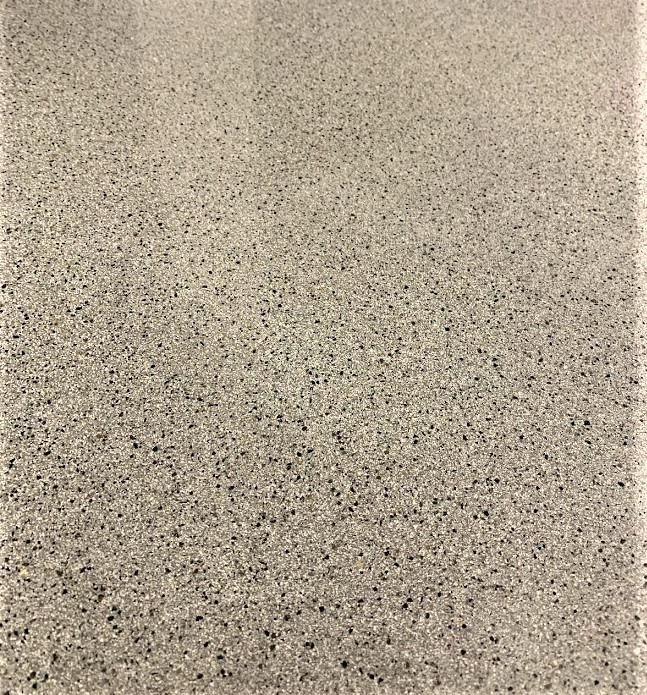
CTS designed the TRU formulas with stabilizers that suspend the sand in the mixture. “The problem with sand is that it tends to sink to the bottom,” Sambol says. But this doesn’t happen with TRU.
“Its workability is very impressive,” says Dolezalik. “It’s hard to find a product that not only self-levels but also suspends the aggregate properly in the mix. Typically, the better it flows the more prone for the aggregate to sink. TRU doesn’t have that tendency. The aggregate suspends well and (the mixture) isn’t too thick to place. If ambient conditions and water ratio are good, you’ll have plenty of workability and installation time.”
TRU to form
In general, installers put down 3/8 inch of TRU, going up to 1/2 inch in high-traffic areas. Whereas you can place it up to 1 1/2 inches thick, most people apply it as thin as possible. “There are other ways to build up a floor if you need a thicker covering,” Sambol says. He adds that Rapid Set LevelFlor, CTS’s hydraulic cement-based self-leveling underlayment, is an excellent choice. “You can go up to 2 inches thick with LevelFlor.”
CTS has other repair products, such as Rapid Set Cement All and Rapid Set Concrete Mix, Sambol says. “Our workhorse products are great for spall repairs and even full-depth trenches. Successful installers repair the substrate before placing the overlay.”
Due to TRU’s high surface hardness and impressive self-leveling qualities, installers can produce polished finishes with high reflectivity and excellent clarity. “All TRU toppings are engineered for excellent adhesion to new 28-day-old surfaces or existing concrete substrates with long term durability,” says Joe Zingale, national flooring group manager for CTS Cement Manufacturing Corp.
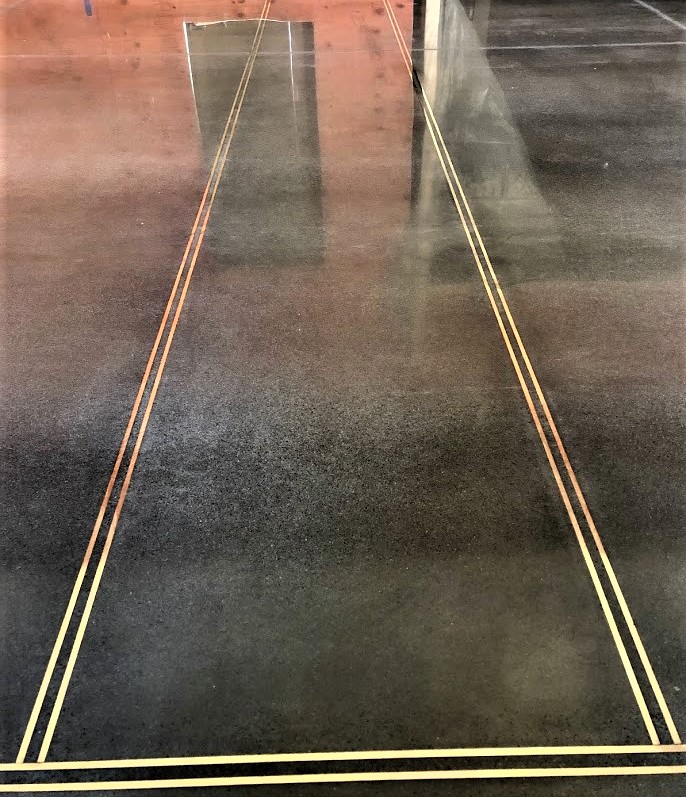
He adds you can grind CTS’s fast-track TRU toppings wet or dry to easily produce a uniform aggregate exposure. “We have worked with many reputable diamond equipment manufacturers over the years that have developed fast-track polishing processes for our polished overlays,” Zingale notes.
When customers choose to use a polished overlay, they tend to want a near perfect floor because their existing concrete has either damage or is full of imperfections, he continues. “Installing a polished overlay requires skill,” he emphasizes. “It also requires the proper mixing and grinding equipment to deliver the type of polished flooring clients expect today.”
One TRU pairing
Not only is TRU a choice product, Dolezalik says, but CTS’s customer service is phenomenal.
“CTS Cement has developed a proven installation system and we have also been involved with many projects throughout the U.S. and globally to support our contractors,” Zingale says.
Company representatives will come out when asked and give their opinion on installations from verifying refinement to recommending upkeep. And when done, they follow up with written reports, Dolezalik says.
Consequently, Dolezalik urges contractors who are new to CTS and its products to lean on the company for as much support and guidance they need. And he speaks from experience.
Dolezalik estimates that ModernCrete, a 20-year-old company that focuses mainly on commercial installations, has placed more than 150,000 square feet of the Rapid Set overlay just in the past couple of years, with the bulk of that TRU PC and SL. “That’s about 10,000 bags of product,” he says.
www.ctscement.com
